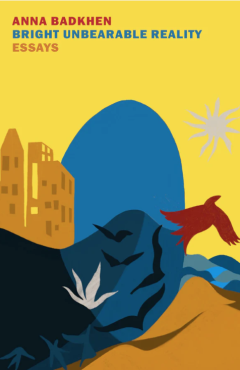Bright Unbearable Reality: Essays

Anna Badkhen
2022
New York Review Books
Called a “chronicler of a world on the move” by The New York Review of Books, Anna Badkhen seeks what separates and binds us at a time when one in seven people has left their birthplace, while a pandemic dictates the direst season of rupture in humankind’s remembering. Her new essay collection, Bright Unbearable Reality, addresses the human condition in the era of such unprecedented dislocation, contemplates the roles of memory and wonder in how we relate to one another, and asks how we can soberly and responsibly counter despair and continue to develop—or at least imagine—an emotional vocabulary against depravity.
Bright Unbearable Reality contains eleven essays set on four continents and united by a common thread of communion and longing. In “The Pandemic, Our Common Story,” which takes place in the Great Rift Valley of Ethiopia, one of the locations where humankind originated, the onset of the global pandemic catches Badkhen mid-journey, researching human dispersal 160,000 years ago and migration in modern times. In “How to Read the Air,” set mostly in Philadelphia, Badkhen looks to the ancient Greeks for help pondering our need for certainty at a time of racist violence, political upheaval, and environmental cataclysm. “Ways of Seeing” and the title essay “Bright Unbearable Reality” wrestle with complications of distance and specifically the bird’s eye view—the relationship between physical distance, understanding, and engagement. “Landscape with Icarus” examines how and why children go missing, while “Dark Matter” explores how violence always takes us by surprise. The subject throughout the collection is bright unbearable reality itself, a translation of Greek enargeia, which, says the poet Alice Oswald, is “when gods come to earth not in disguise but as themselves.”
